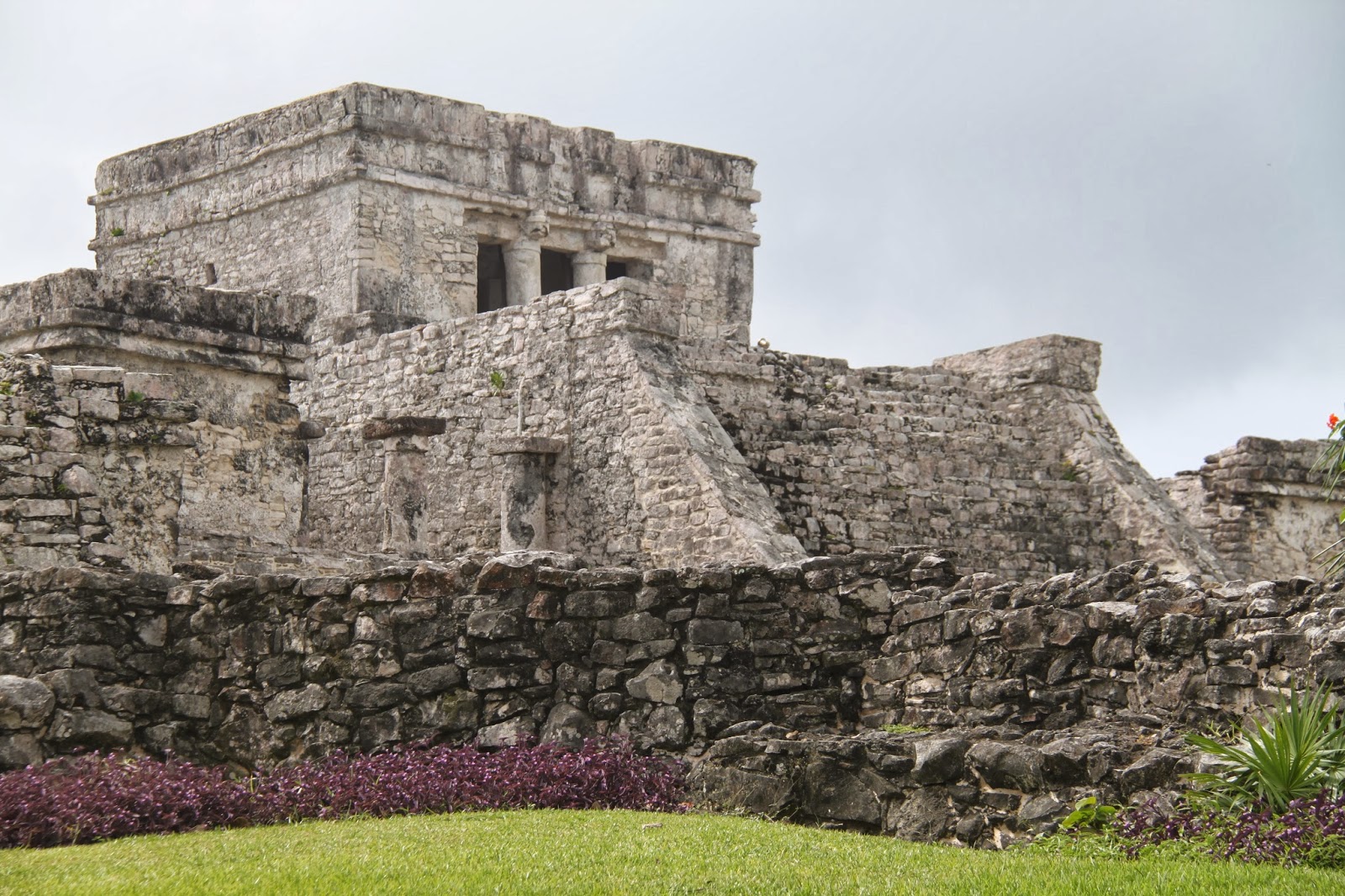
 One of the most remarkable Mayan ruins is in the picturesque, holiday-esque Tulum, not far from deep cenotes (see #953) and stunning beaches, an ideal holiday destination. At the southern end of the Yucatan peninsula, close to the border with Belize, the town itself is not much more than a blip of the highway, and the ruins are not the spectacular pyramids of Chichen Itza (or those near Mexico City), but the location can't be beaten, as it lies on 12 foot high cliffs right above the sea.
One of the most remarkable Mayan ruins is in the picturesque, holiday-esque Tulum, not far from deep cenotes (see #953) and stunning beaches, an ideal holiday destination. At the southern end of the Yucatan peninsula, close to the border with Belize, the town itself is not much more than a blip of the highway, and the ruins are not the spectacular pyramids of Chichen Itza (or those near Mexico City), but the location can't be beaten, as it lies on 12 foot high cliffs right above the sea.  Lonely Planet introduces it well: "Seeing Mexico's most-visited Maya site atop surf-splashed Caribbean cliffs, it's not hard to imagine a Postclassic Maya or two requesting a transfer here." Called Zama, "Dawn" by the Maya (Tulum means 'wall' in Maya and was likely misinterpreted by the Spanish), it is believed that the ancient city was an important port town between AD1200 and 1521 and one of the last to be abandoned, around 70-75 years after the Spanish conquest.
Lonely Planet introduces it well: "Seeing Mexico's most-visited Maya site atop surf-splashed Caribbean cliffs, it's not hard to imagine a Postclassic Maya or two requesting a transfer here." Called Zama, "Dawn" by the Maya (Tulum means 'wall' in Maya and was likely misinterpreted by the Spanish), it is believed that the ancient city was an important port town between AD1200 and 1521 and one of the last to be abandoned, around 70-75 years after the Spanish conquest.
 Famous points within the ruins include the House of the Cenote (for its small pool), the Temple of the Wind God (also known as the descending god -- which sits on the bluff), the pyramid shaped Castle which has plumed serpents and can be seen clearly and impressively from the sea, and the Temple of the Paintings/Frescoes (the first image below) with relief masks and murals on its inner wall. It is thought that the worship of the diving or descending god was particularly prominent here. It's wall helped to make it one of the most well-fortified of the Mayan cities. I particularly loved the many iguanas and lizards all over the site, though some are of size to be quite intimidating!
Famous points within the ruins include the House of the Cenote (for its small pool), the Temple of the Wind God (also known as the descending god -- which sits on the bluff), the pyramid shaped Castle which has plumed serpents and can be seen clearly and impressively from the sea, and the Temple of the Paintings/Frescoes (the first image below) with relief masks and murals on its inner wall. It is thought that the worship of the diving or descending god was particularly prominent here. It's wall helped to make it one of the most well-fortified of the Mayan cities. I particularly loved the many iguanas and lizards all over the site, though some are of size to be quite intimidating! |
| Map of site from Wikipedia |
http://en.wikipedia.org/wiki/Tulum















No comments:
Post a Comment